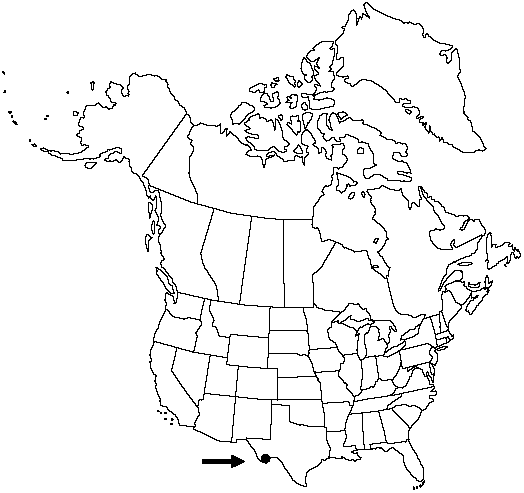Selaginella viridissima
J. Arnold Arbor. 24: 326. 1943.
Plants on rock, forming clumps or mounds. Stems radially symmetric, underground (rhizomatous) and aerial, not readily fragmenting, irregularly forked; rhizomatous and aerial stems often with 1 branch arrested, budlike, tips straight; aerial stems mainly erect, seldom ascending, with budlike arrested branches throughout stem length. Rhizophores borne on upperside of stems, restricted to rhizomatous stems and lower 1/4 of aerial stems, 0.16–0.3 mm diam. Leaves dimorphic, not clearly ranked. Rhizomatous stem-leaves loosely appressed, straight, scalelike. Aerial stem-leaves appressed, ascending, green, linear-lanceolate to narrowly lanceolate, 1.8–2.1 × 0.49–0.56 mm; abaxial ridges prominent; base cuneate and decurrent to slightly rounded and adnate, glabrous; margins denticulate to very short-ciliate, cilia transparent, spreading to ascending toward apex, 0.02–0.04 mm; apex acute or seldom blunt. Strobili solitary, 0.5–1.2 (–2.5) cm; sporophylls deltate-ovate to ovatelanceolate, abaxial ridges prominent, base glabrous, margins denticulate, apex acute to obtuse.
Habitat: Shaded cliffs, slopes, rock crevices, and igneous rock
Elevation: 1650–2300 m
Distribution

Tex., Mexico in Coahuila
Discussion
In Texas Selaginella viridissima is known only from the Chisos Mountains.
Of conservation concern.
Selected References
None.
Lower Taxa
"thick" is not a number.